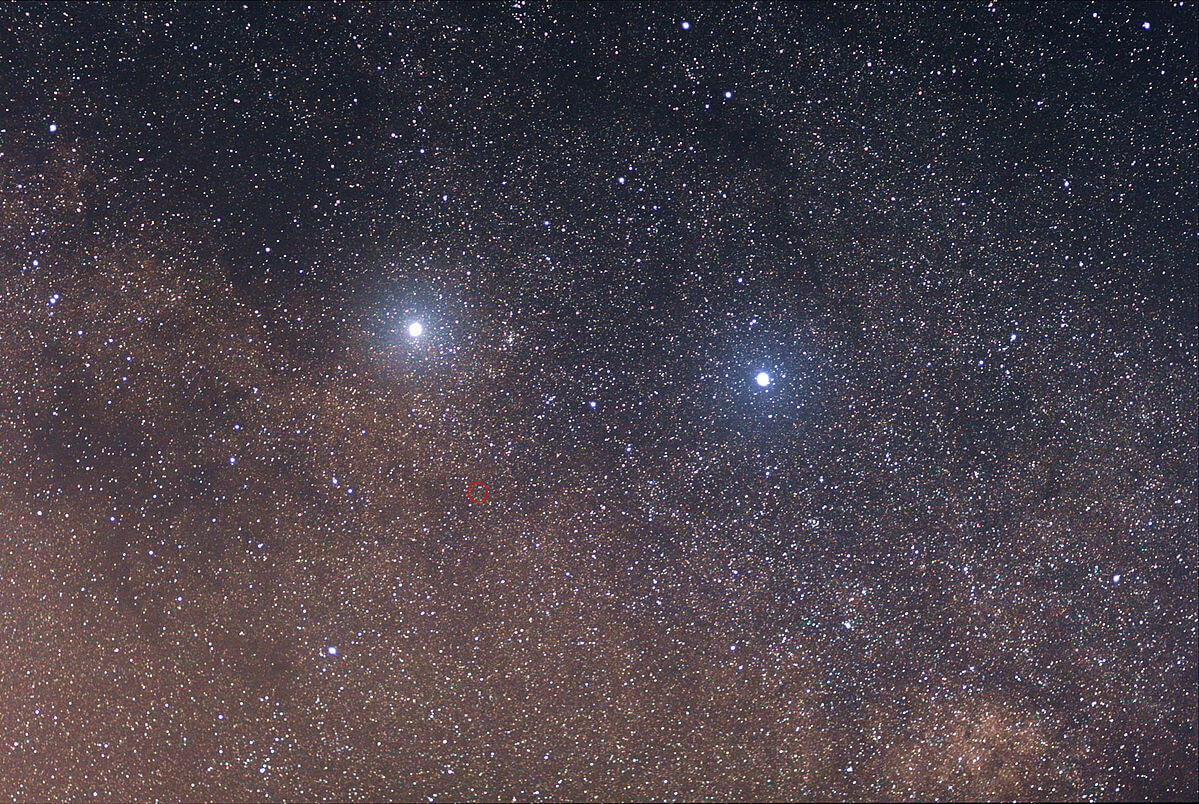Santiago (Chile): Scientists confirm the presence of a planet having the size of the earth. This planet named ‘Proxima B’ was seen around Proxima Centauri, the nearest star to our solar system. Proxima B has a mass of 1.17 earths. It is situated in a habitable zone from Proxima Centauri. According to an article published in the Journal Astronomy and Astrophysics, this new planet orbits its sun every 11 day.
The first indications of the planet’s existence were in 2013 by Mikko Tuomi of the University of Hertfordshire from archival observation data. With continued research following in 2016, they believe this planet could be “likely” to be able to support alien life forms. The researchers detected this planet by measuring radial velocity using the Echelle Spectrograph for Rocky Exoplanets and Stable Spectroscopic Observations (ESPRESSO). This is located in Chile. While HARPS measures the velocity of Proxima Centauri, ESPRESSO is three times more accurate.
How did they detect Proxima B?
As a planet orbits a star, its gravitational pull causes a star to move back and forth. This tiny motion shifts the observed light spectrum of the star slightly due to Doppler shift. There are sensitive instruments that can measure this shift. ESPRESSO detected such a shift in the speed of Proxima Centauri. This made them conclude the presence of a new planet. Astrophysicist and Nobel Prize winner Michel Mayor says: “ESPRESSO makes it possible to measure the mass of the planet with a precision of over one-tenth of the mass of Earth”. According to him, “this is completely unheard of”.
Does it support life?
As per the observations, Proxima B is around 4.2 light years from the Sun. With the present technology, it will take 73,000 years for us to reach the planet: NASA reports. They estimate ionic propulsion, nuclear thermal propulsion, nuclear pulse propulsion, fusion rockets and laser sails methods to reach Proxima B. Since Proxima B is 20 times closer to its star than the Earth is to Sun, it receives high energy. If there is liquid form and oxygen on the planet, it could contain life. But the scientists say this need much more studies to confirm. Questions arise from different research teams about the existence of an atmosphere. It is the presence of this atmosphere that prevents its star’s harmful rays from reaching the planet. Also if there is an atmosphere, would that be free from harmful chemicals, is another question.




![The Top & Most Popular Seafood Bucket Restaurants in Dubai for you [Never Miss]](https://uae24x7.com/wp-content/uploads/2020/09/8-seafood-in-a-bucket-scaled-e1600739237403.jpg)
![Procedures for Renewing the Driving License in Abu Dhabi [3 Simple Steps]](https://uae24x7.com/wp-content/uploads/2020/07/Capture-9-e1595666454466.jpg)





